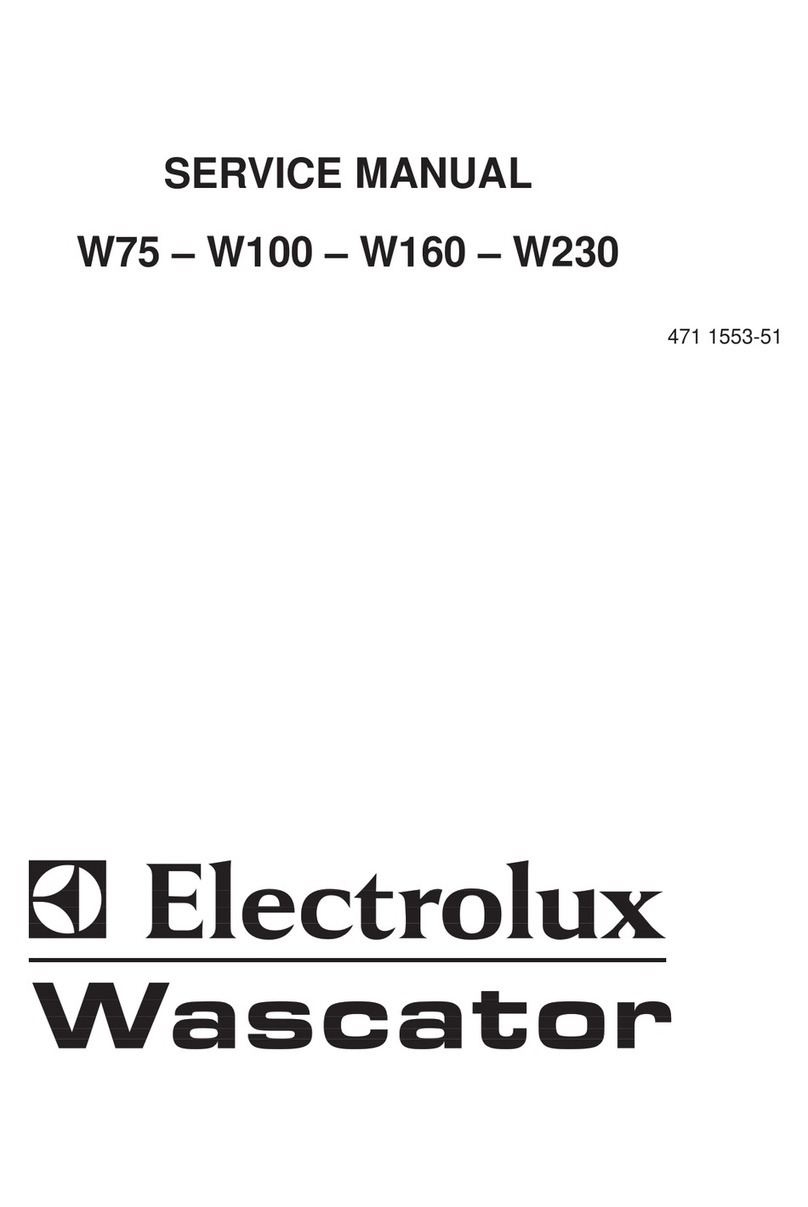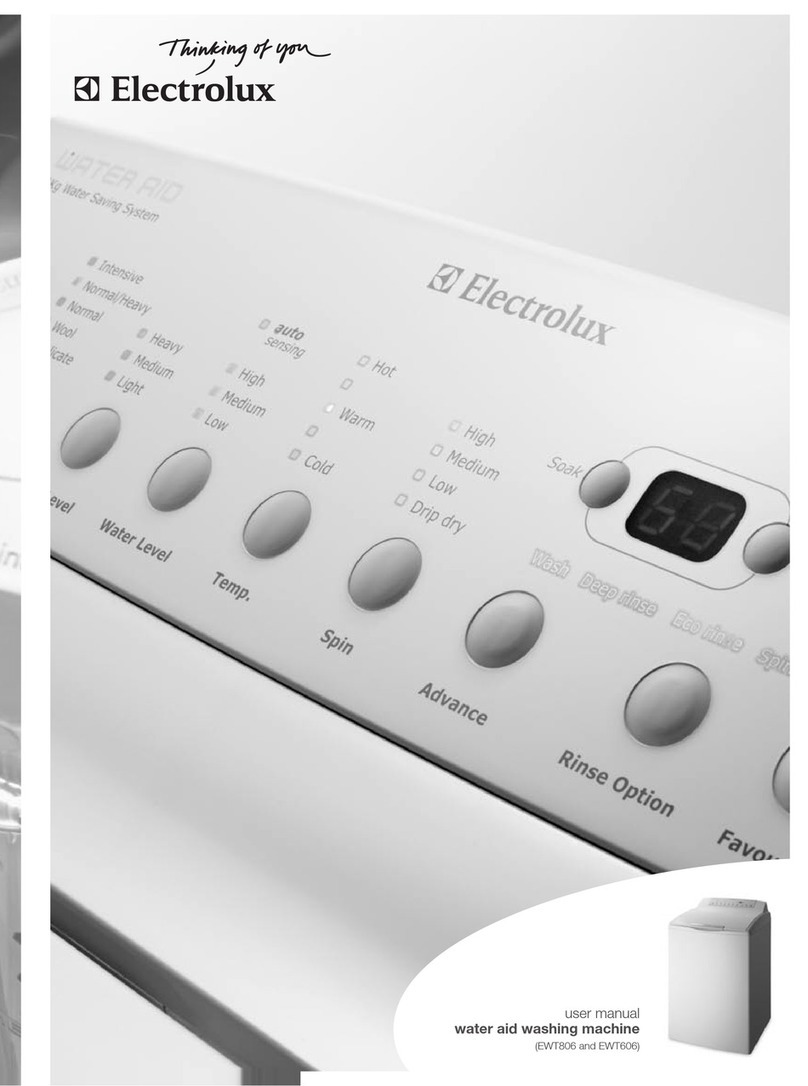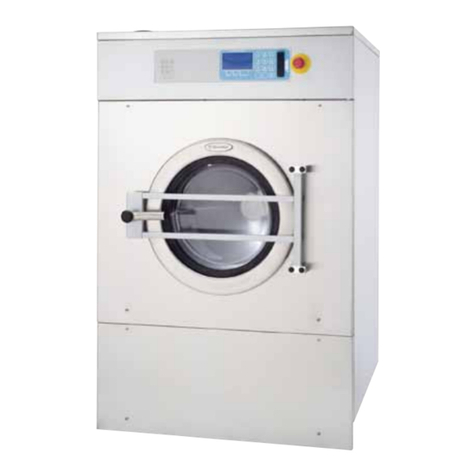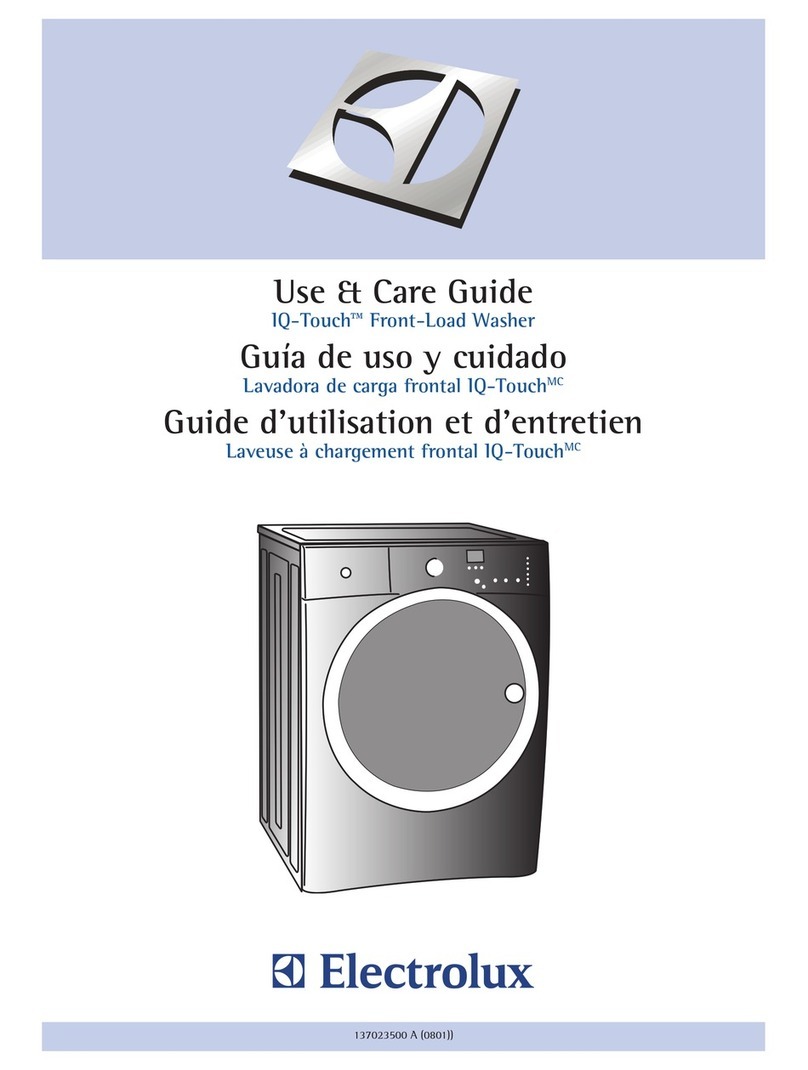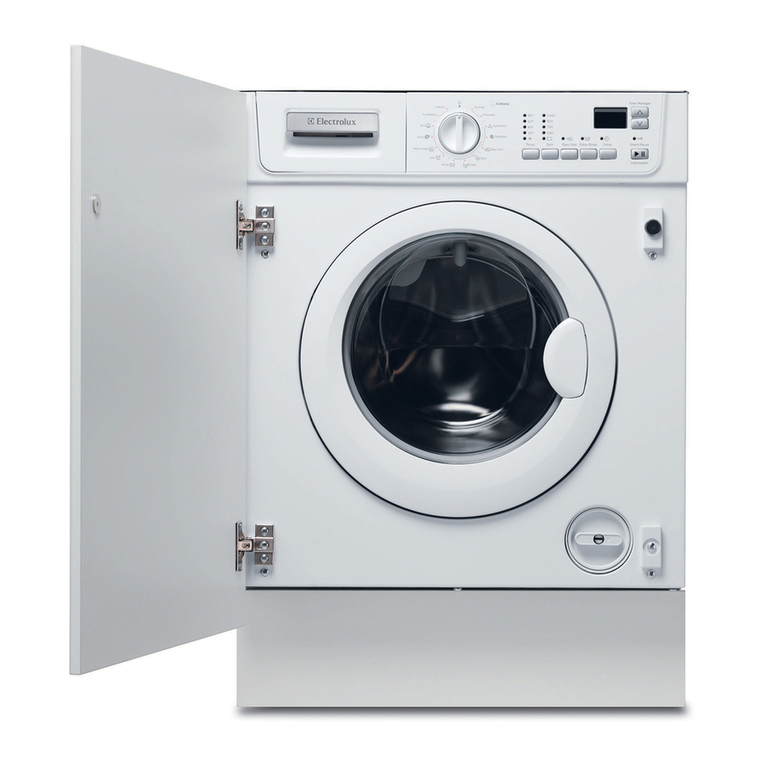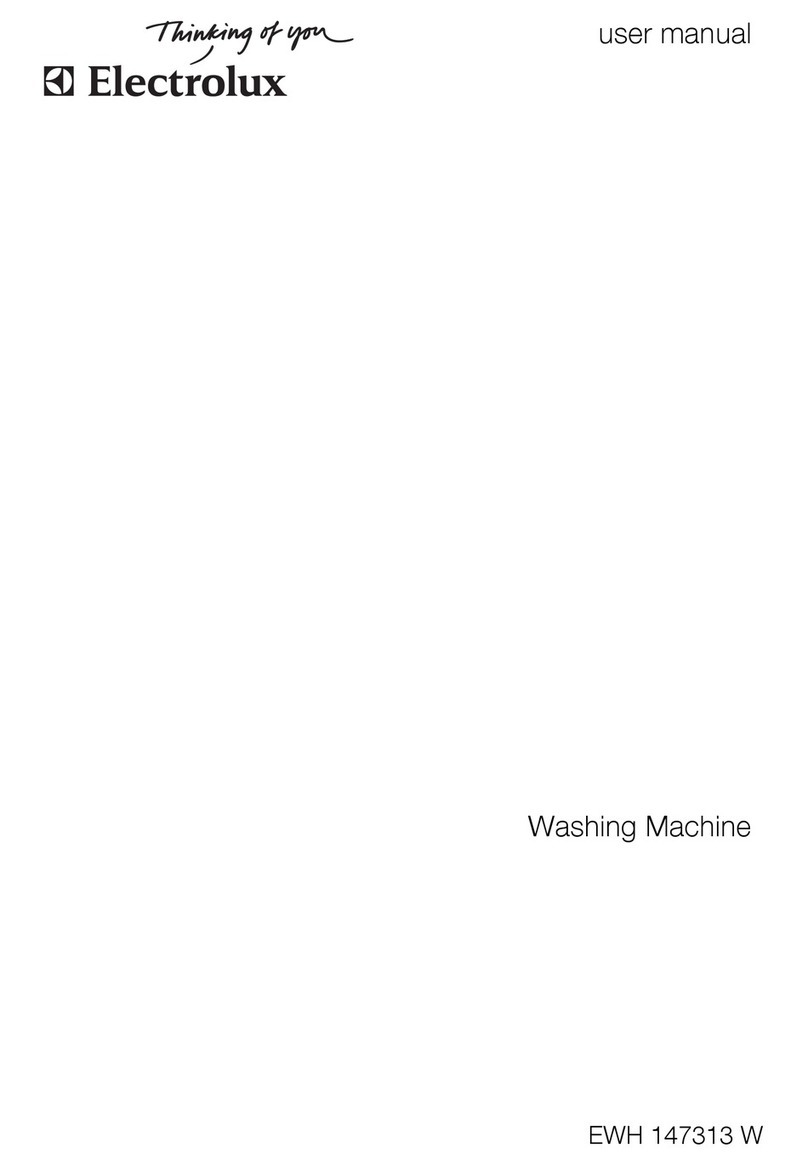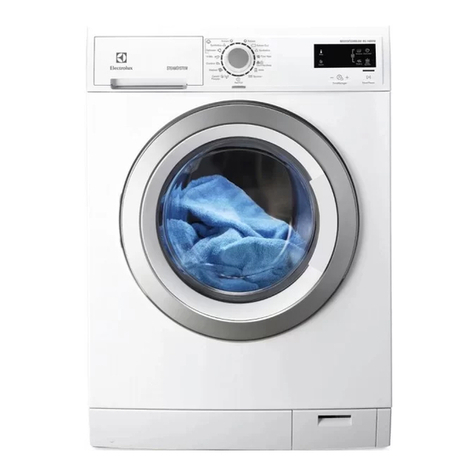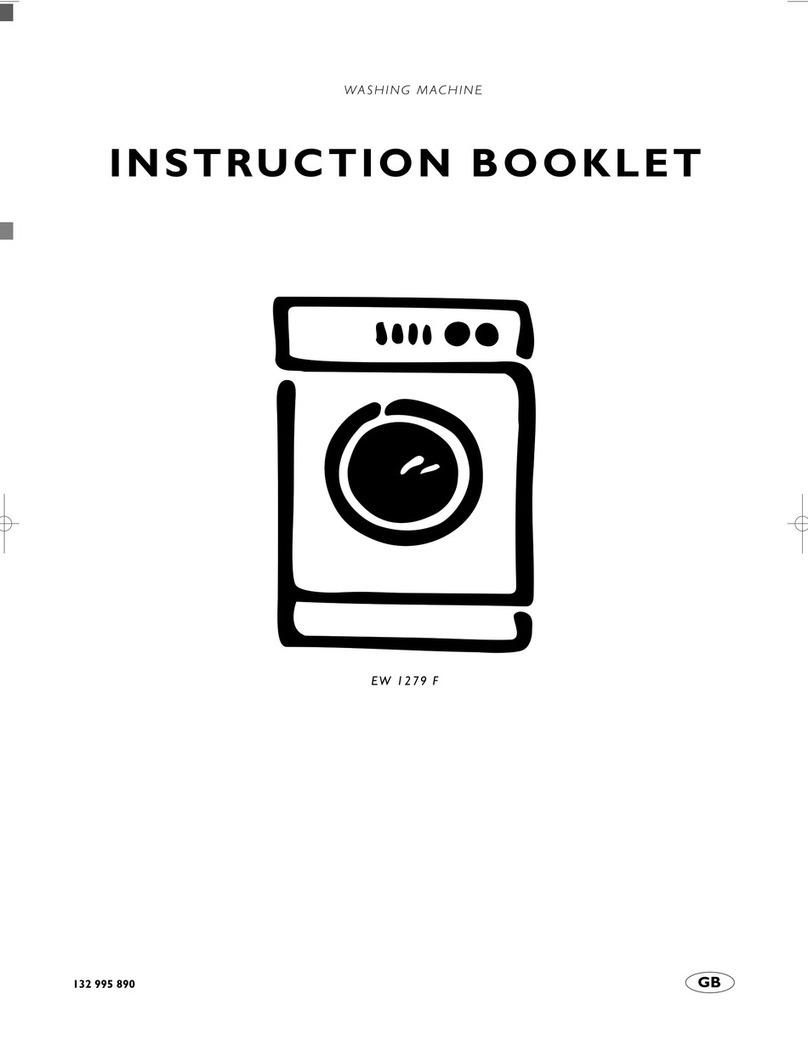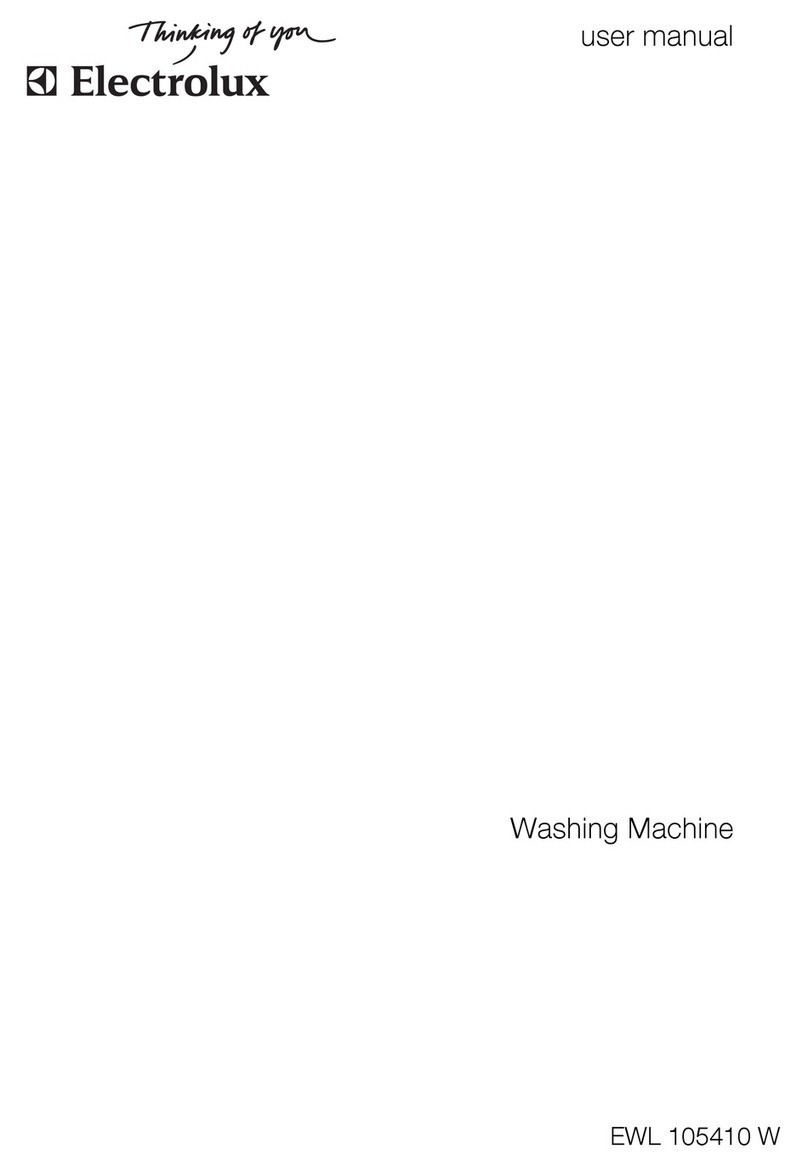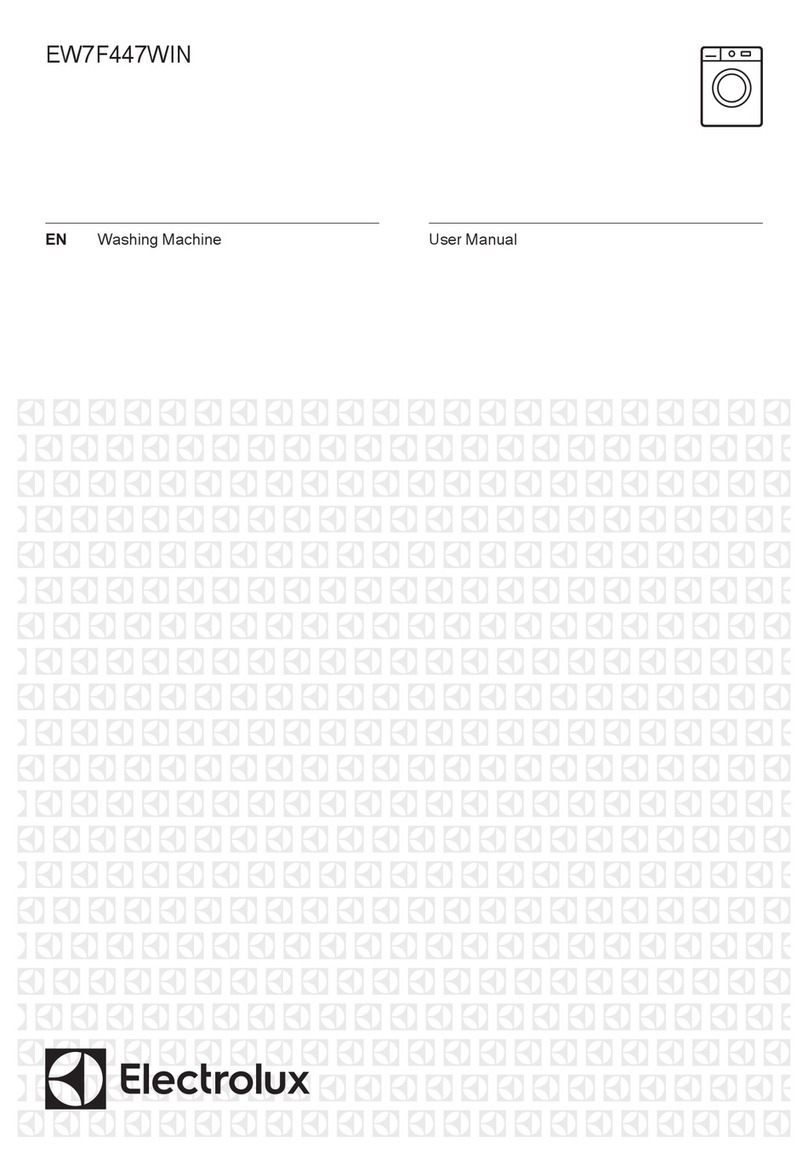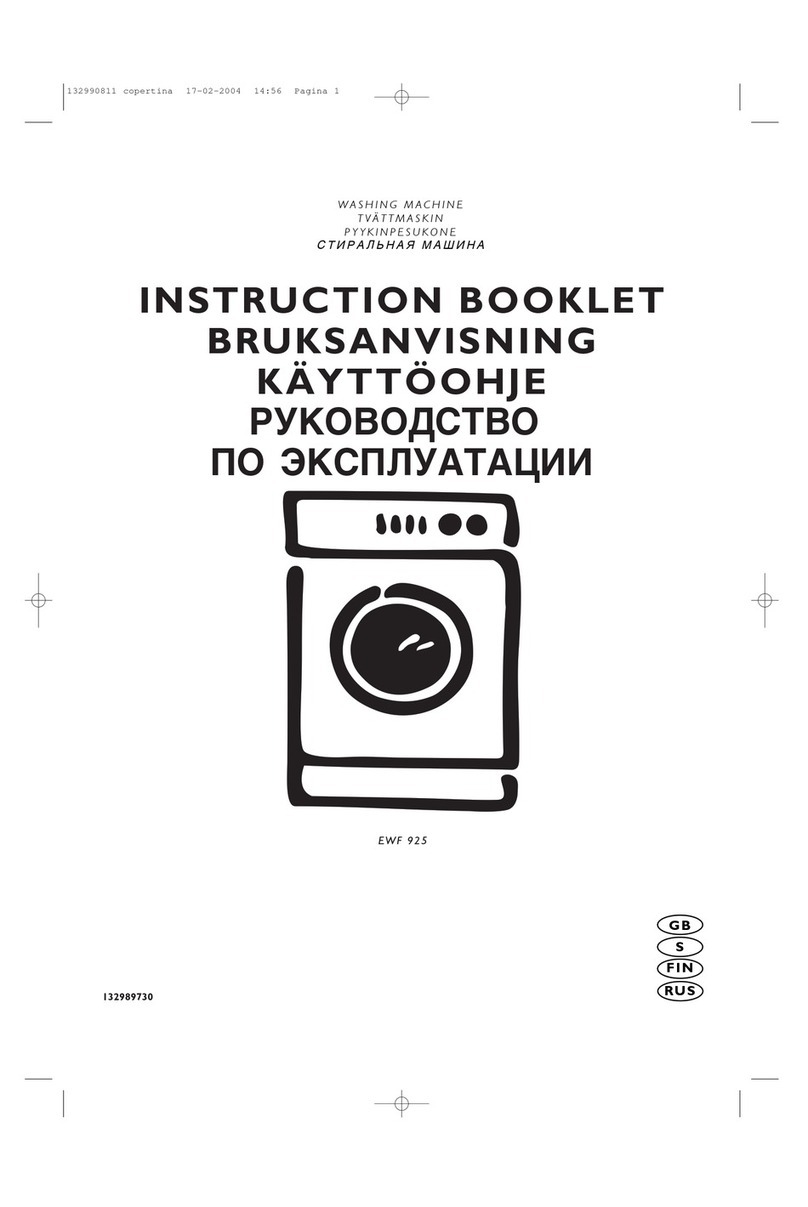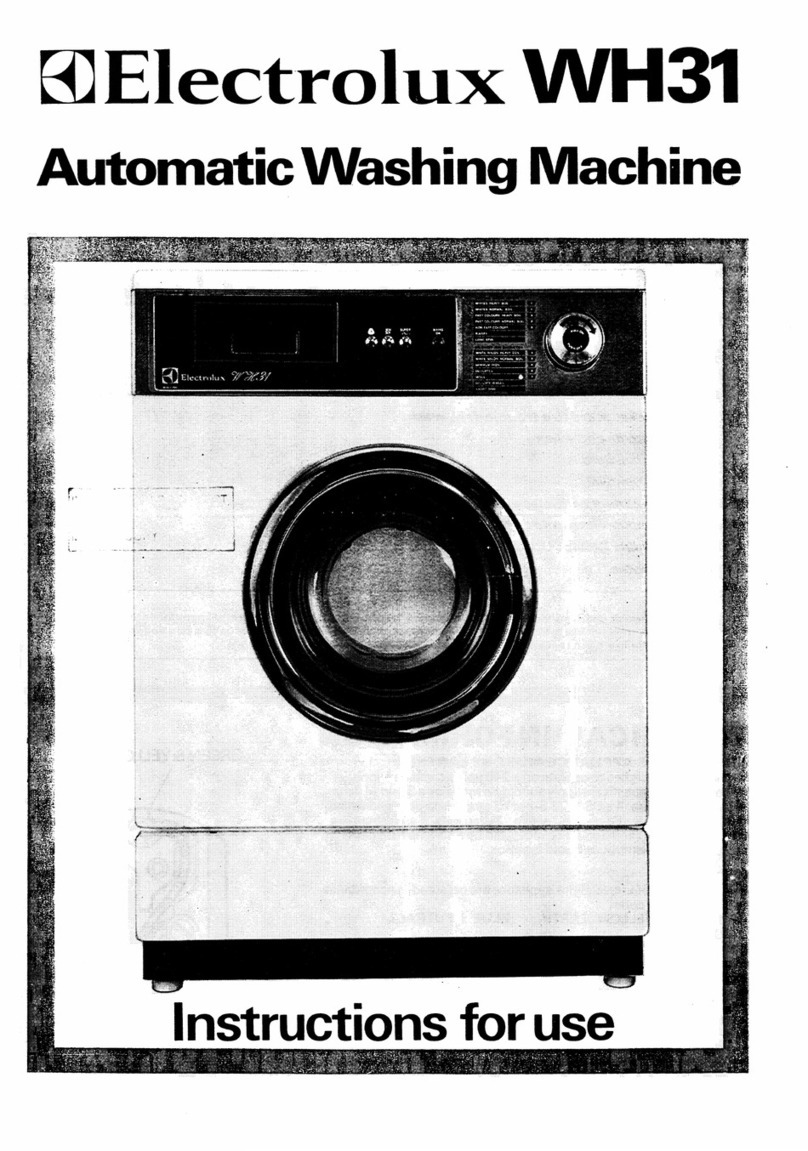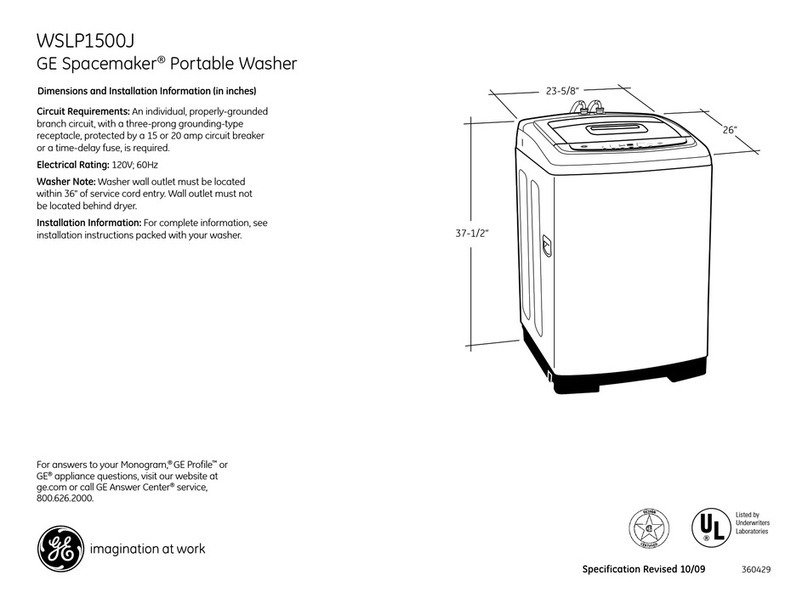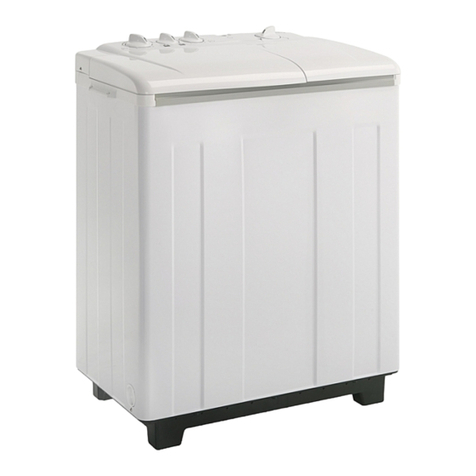
8
•Add detergent before wash load. Then start
washer.
•Dilutefabricsoftenerwithwater.
•Sortitemsby soillevel andcolor.
•Use correct amount of detergent, hottest
waterandbleachsafe for fabric.
•Use correct amount of detergent and
hottestwater safeforfabric.
•Do not pour liquid fabric softenerDo not pour liquid fabric softener
Do not pour liquid fabric softenerDo not pour liquid fabric softener
Do not pour liquid fabric softener
directly on fabric.directly on fabric.
directly on fabric.directly on fabric.
directly on fabric. See package directions
or
Washing ProceduresWashing Procedures
Washing ProceduresWashing Procedures
Washing Procedures for proper diluting.
•Neverpourchlorine bleachdirectlyon fabric.
•Check condition of items before washing.
See
Washing ProceduresWashing Procedures
Washing ProceduresWashing Procedures
Washing Procedures for preparing
and loading the wash load.
•See
Washing ProceduresWashing Procedures
Washing ProceduresWashing Procedures
Washing Procedures for sorting and
preparing the wash load.
•Do not overload washer.
•Use correct amount of detergent, water
temperature and water level.
•Usefabricsoftener in thewasherto lubricate
fibers.
•When ironing, use spray starch or fabric
finishoncollars andcuffs.
•Turn items inside out to reduce abrasion.
•Increase water temperature using hottest
watersafeforfabric.
•Do not overload washer.
•Useliquiddetergent or usenonprecipitating
water conditioner with nonphosphate
granulardetergent.
•Do not overload washer.
•Remove items from washer as soon as cycle
iscompleted.
•Useliquidfabricsoftener.
•Wash synthetics frequently using water at
least 100°F (37°C ) and correct water level.
•Use nonprecipitating water softener.
•Before washing, run hot water for a few
minutestoclearlines.
•Drainwaterheateroccasionally.
•Foranongoing problem,install anironfilter
in your water supply system.
Common Washing ProblemsCommon Washing Problems
Common Washing ProblemsCommon Washing Problems
Common Washing Problems
SOLUTIONSSOLUTIONS
SOLUTIONSSOLUTIONS
SOLUTIONS
PROBLEMPROBLEM
PROBLEMPROBLEM
PROBLEM
•If caused by detergent, mix 1 cup (240 ml)
white vinegar with 1 quart (.95 L) water in
aplasticcontainer.Soakitem1hour. Rinse.
•Ifcaused byfabric softener,rubstainswith
bar soap. Wash.
•Rewash with correct amount of detergent
andhottestwater safe for fabric.Add
bleachsafeforfabric.
•Treat with prewashstainremover or liquid
detergent.
•Increase detergent and water temperature.
Rewash.
•Rubfabric softenerstains withbarsoap.
•Maybe irreversibleif rips,tears andseams
cannot be mended.
•Reduce load size. Rewash using correct
watertemperature,water level, and
amount of detergent.
•Add nonprecipitating waterconditionerto
wash water.
•Addliquidfabricsoftenertofinalrinse.
•Dryload indryer.
•Removelint withlintbrushorroller.
•Usealint brushorshaver toremovepills.
•Reduceload size.
•Add dissolved detergent to tub . Rewash
load.
•Mix 1 cup (240 ml) white vinegar to 1
gallon(3.8L) warmwaterin plastic
container. Soak item. Rinse and rewash.
•Reduceload size.
•Rinsein coldwater withliquidfabric
softener.
•Soak in detergent booster or product
containingenzymes.
•Wash in hot water (120°F/49°C) using full
permanentpress cycle.Increasedetergent.
Addbleach safefor fabric.
•Or,treat withcolor remover.
•To restorediscoloredload ofwhites, use
rustremoversafeforfabric.
Do not use chlorine bleach to removeDo not use chlorine bleach to remove
Do not use chlorine bleach to removeDo not use chlorine bleach to remove
Do not use chlorine bleach to remove
rust stains. It may intensifyrust stains. It may intensify
rust stains. It may intensifyrust stains. It may intensify
rust stains. It may intensify
discoloration.discoloration.
discoloration.discoloration.
discoloration.
Manywashingproblemsinvolvepoorsoilandstain removal,residuesoflintandscum,andfabricdamage.Forsatisfactorywashing
results,follow thesesuggestionsprovided byTheSoapandDetergent Association.
Blue stainsBlue stains
Blue stainsBlue stains
Blue stains
Discoloration,Discoloration,
Discoloration,Discoloration,
Discoloration,
grayinggraying
grayinggraying
graying
Greasy,oilystainsGreasy,oilystains
Greasy,oilystainsGreasy,oilystains
Greasy,oilystains
Holes,tears,orHoles,tears, or
Holes,tears,orHoles,tears, or
Holes,tears,or
snagssnags
snagssnags
snags
LintLint
LintLint
Lint
PillingPilling
PillingPilling
Pilling
(Fibersbreakoff,ball
up and cling to
fabric)
Residue or powderResidue or powder
Residue or powderResidue or powder
Residue or powder
on dark items;on dark items;
on dark items;on dark items;
on dark items;
Stiff,harshfabrics.Stiff,harshfabrics.
Stiff,harshfabrics.Stiff,harshfabrics.
Stiff,harshfabrics.
WrinklingWrinkling
WrinklingWrinkling
Wrinkling
Yellow buildup ofYellow buildup of
Yellow buildup ofYellow buildup of
Yellow buildup of
body soil onbody soil on
body soil onbody soil on
body soil on
syntheticfabricssyntheticfabrics
syntheticfabricssyntheticfabrics
syntheticfabrics
Yellow or brownYellow or brown
Yellow or brownYellow or brown
Yellow or brown
ruststainsruststains
ruststainsruststains
ruststains
PREVENTIVE MEASURESPREVENTIVE MEASURES
PREVENTIVE MEASURESPREVENTIVE MEASURES
PREVENTIVE MEASURES
•Detergentorliquidfabricsoftener
didnotdissolveordisperse.
•Not enough detergent.
•Wash water temperature too low.
•Incorrectsorting.
•Not enough detergent.
•Undilutedliquidfabricsoftener
poureddirectlyonfabric.
•Incorrectuseofchlorinebleach.
•Unfastenedzippers, hooks,buckles.
•Rips, tears andbroken threads.
•Overloading the washer.
•Degradationoffabric.
•Incorrectsorting.
•Tissuesleftinpocket.
•Overloading the washer.
•Not enough detergent.
•Undissolveddetergent hasleft
residue.
•Staticclingisattractinglint.
•Load washed too long.
•Pillingisnormalwithsynthetic and
permanentpressfabrics. Thisis due
to abrasion from normal wear.
•Undissolveddetergent.
•Some nonphosphate granular
detergents can combine with hard
water minerals to form a residue.
•Overloading the washer.
•Agitationtime tooshort.
•Wash water temperature too low.
•Not enough detergent.
•Iron or manganese in water supply,
waterpipes,or water heater.
POSSIBLE CAUSESPOSSIBLE CAUSES
POSSIBLE CAUSESPOSSIBLE CAUSES
POSSIBLE CAUSES
